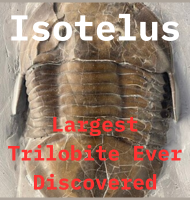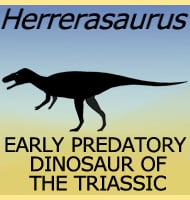In Depth
Although it looks a lot like a small primitive horse, Diadiaphorus was actually a litoptern. True horses evolved in the North and did not even get the opportunity to reach South America until the formation of the isthmus of Panama triggered the event that is called the Great American Interchange. The similarity to horses exhibited in Diadiaphorusis best explained by convergent evolution. This is where the same habitats existed in South America as they Did in North America, but because of the absence of actual horses, some members of another group of mammals (in this case litopterns) evolved along similar lines to fill a vacant ecological niche. Not all litopterns evolved to be like horses however, others like Theosodon and Macrauchenia were more camel-like in their appearance.
In size and physical form, Diadiaphorus most closely resembles primitive horses like Mesohippus and like this horse, Diadiaphorus is thought to have been a browser of soft vegetation rather than a grazer of grass. This view is reinforced by the observation that the molar teeth have low crowns similar to other browsers, whereas grass grazers tend to have proportionately higher crowned molars. Diadiaphorus also supported its weight upon a central toe while the others no longer seem to have served any weight bearing function, development that would be followed by true horses to the point of today’s modern forms that have a single toe that ends in a hoof.
Further Reading
There is one key difference above all others that proves Diadiaphorus is in no way related to horses. Horse limbs, just like your own, are divided into upper and lower portions. The upper is supported by a single solid bone, femur in the rear, humerus in the fore. The lower portions however are supported by a pair of bones that connect the upper leg with the foot and these are the tibia and fibula in the rear and the ulna and radius in the fore. In Diadiaphorus these bones are separate and would have been joined only by muscle and tendon like they are in most other animals. In horses however these lower leg bones are fused together for greater rigidity when running at speed. While Diadiaphorus with its long legs was undoubtedly adapting for speed and more energy efficient locomotion across plains, it was almost certainly not in the same leagues as true horse.









